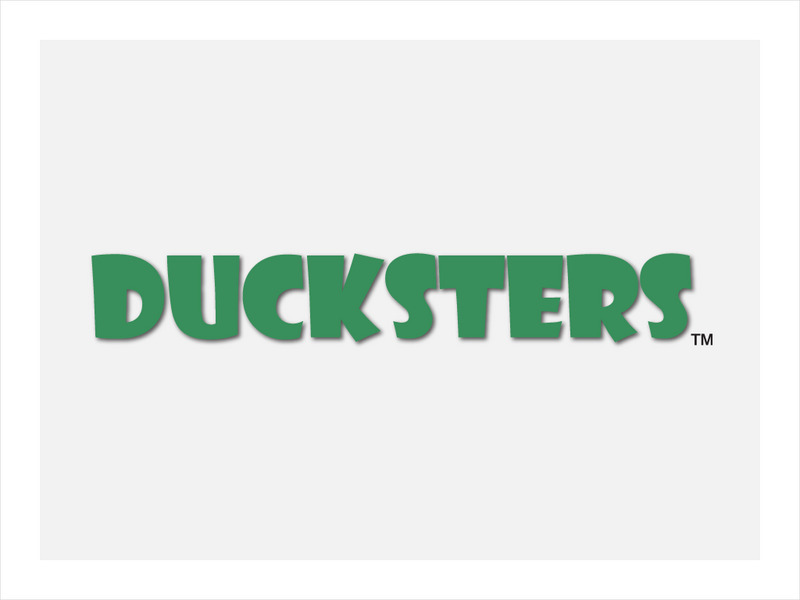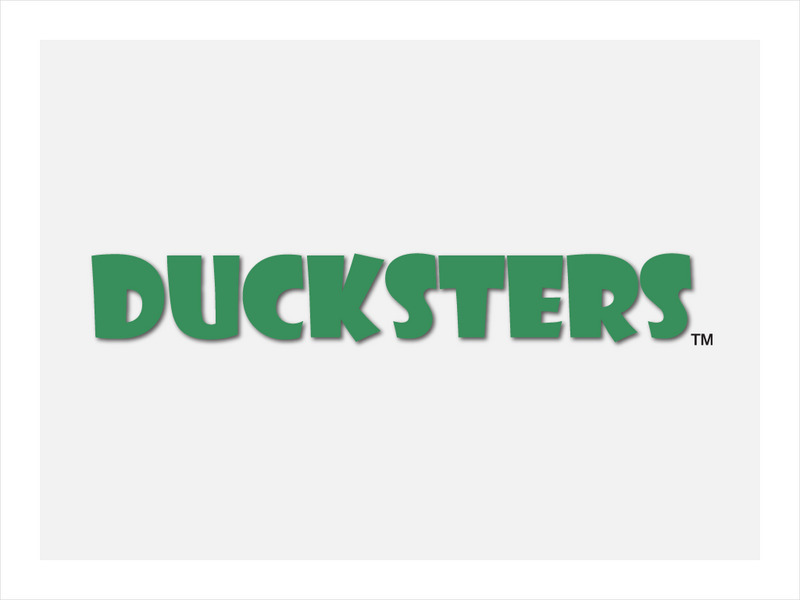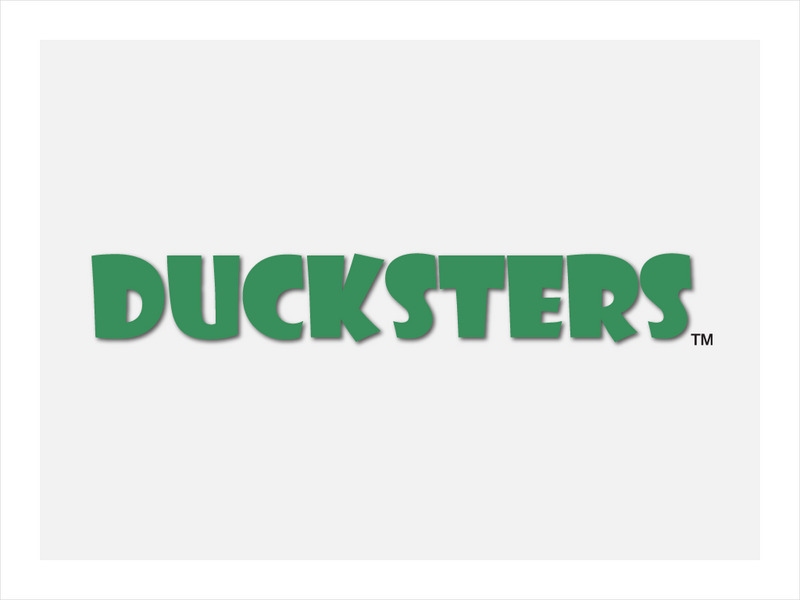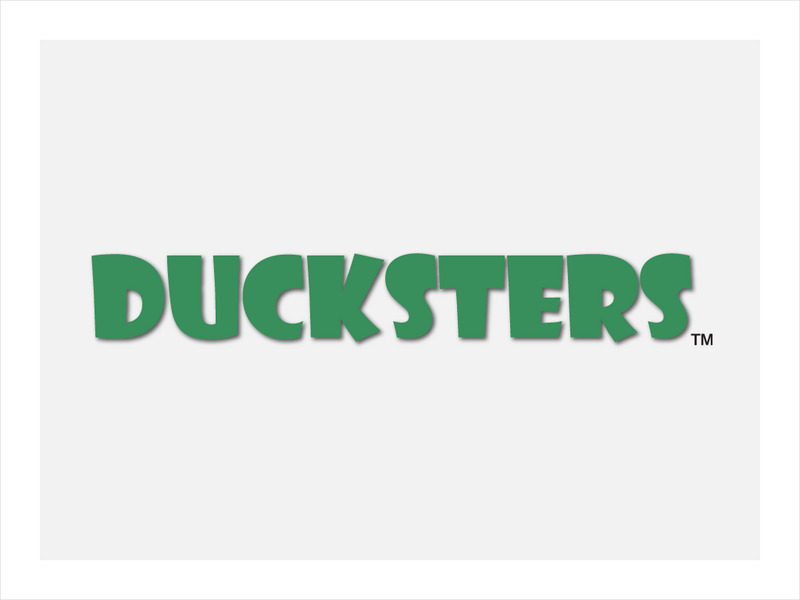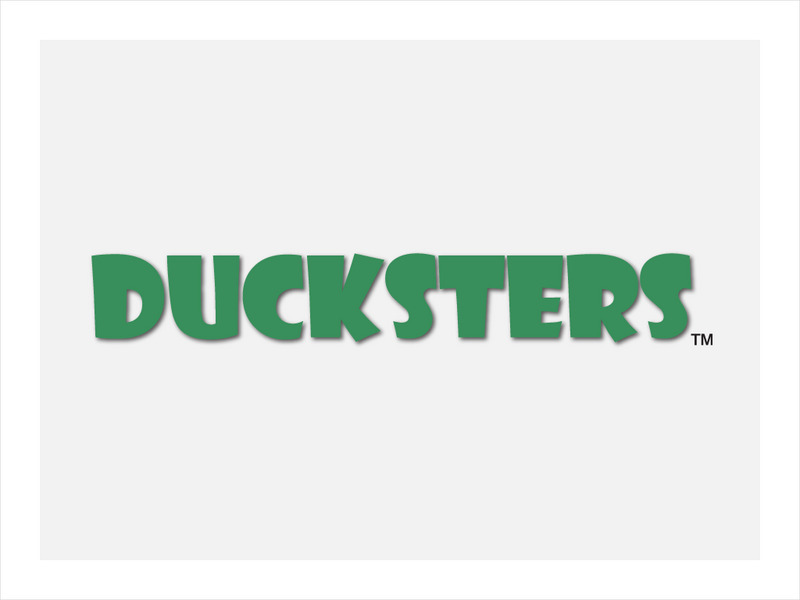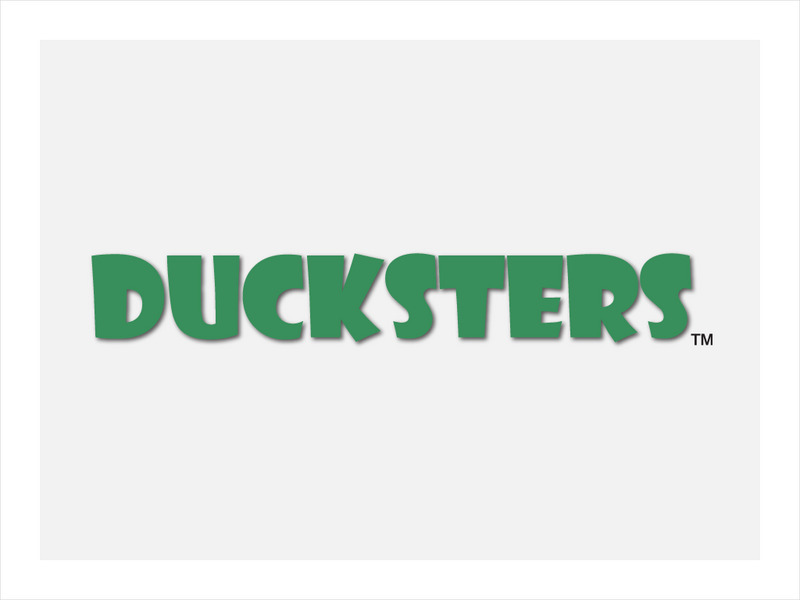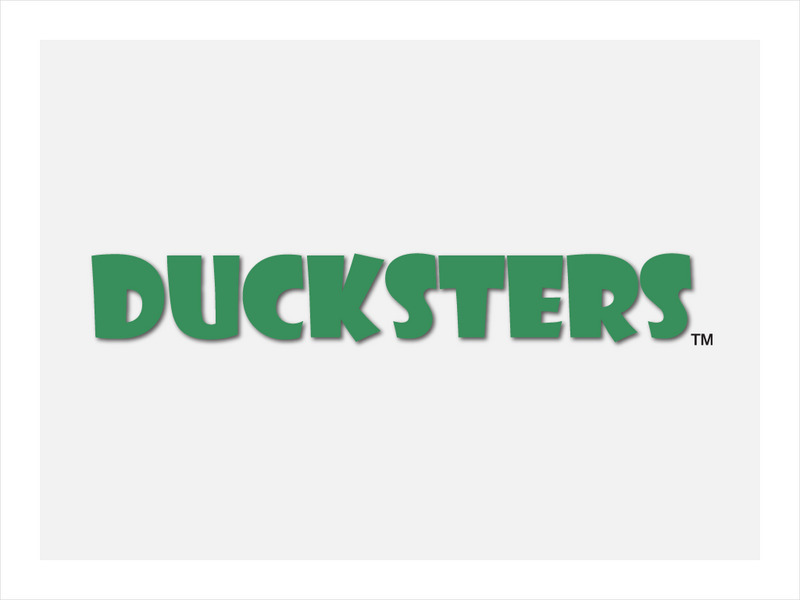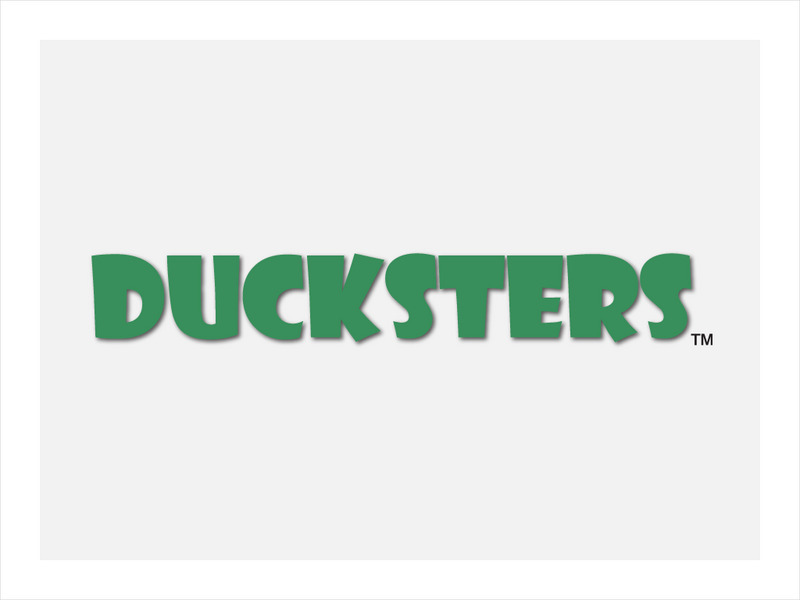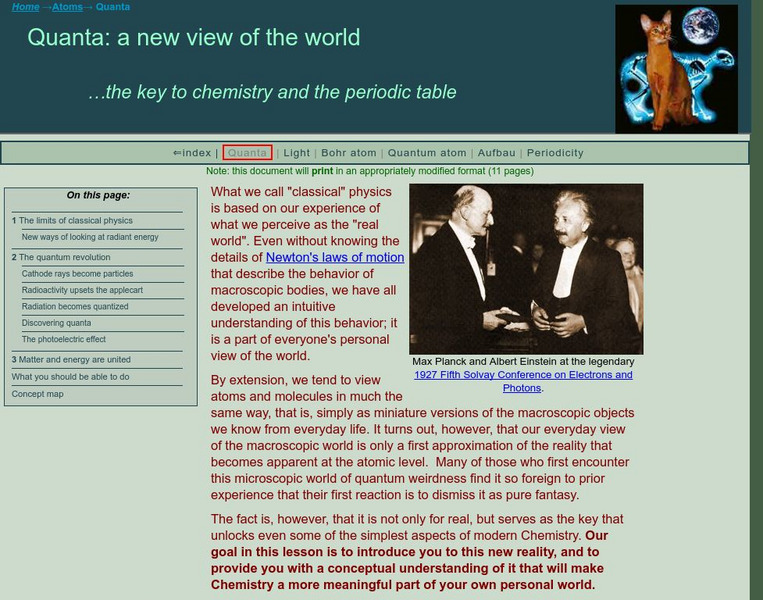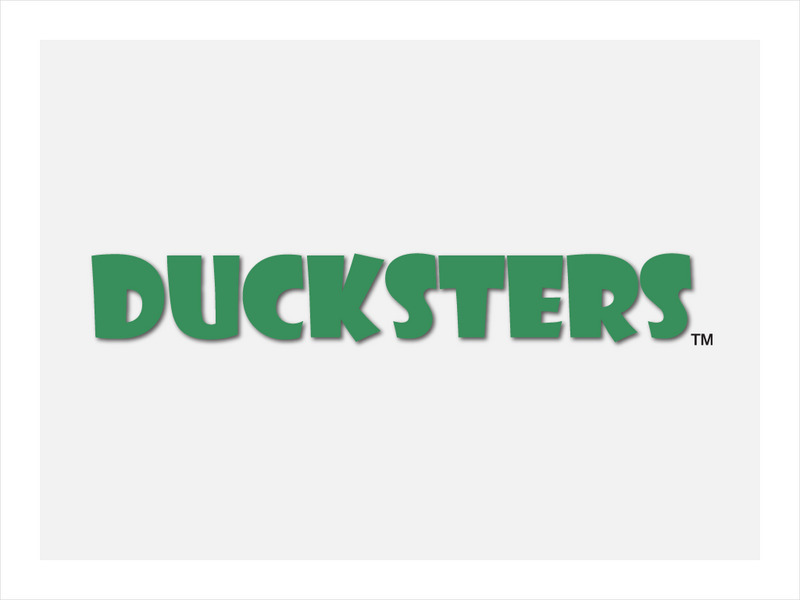Hi, what do you want to do?
Ducksters
Ducksters: Chemistry for Kids: Elements: Zinc
On this site, students learn about the properties and characteristics of zinc. Kids learn about the element zinc and its chemistry including atomic weight, atom, uses, sources, name, and discovery.
Ducksters
Ducksters: Chemistry for Kids: Elements: Arsenic
Study arsenic and its chemistry including atomic weight, atom, uses, sources, name, and discovery on this site. Also discussed are arsenic's properties and characteristics.
Ducksters
Ducksters: Chemistry for Kids: Elements: Gold
Kids learn about the element gold and its chemistry including atomic weight, atom, uses, sources, name, and discovery. Plus properties and characteristics of gold.
Ducksters
Ducksters: Chemistry for Kids: Elements: Iodine
Find out about iodine's atomic weight, atom, uses, sources, name, and discovery on this website. Also learn about the properties and characteristics of iodine.
Ducksters
Ducksters: Chemistry for Kids: Elements: Lithium
Learn about the chemistry of lithium including atomic weight, atom, uses, sources, name, and discovery on this website. Explore the properties and characteristics of lithium.
Ducksters
Ducksters: Chemistry for Kids: Elements: Metalloids
Kids learn about the elements that are considered metalloids on the periodic table. This site describes the properties, similarities, and other facts.
Ducksters
Ducksters: Chemistry for Kids: Elements: The Noble Gases
Study the noble gases on this site. Learn about where to find them on the periodic table, what elements are in this group, and other facts.
Ducksters
Ducksters: Chemistry for Kids: Elements: Nonmetals
Kids learn about the nonmetals of the periodic table. Which elements are in this group. Properties, similarities, and other facts are found on this site.
Ducksters
Ducksters: Chemistry for Kids: Elements: Alkali Metals
On this site, investigate the alkali metals of the periodic table. Find out which elements are in this group, properties, similarities, and other facts.
Ducksters
Ducksters: Chemistry for Kids: Elements Transition Metals
Kids learn about the transition metals of the periodic table. Which elements are in this group. Properties, similarities, and other facts.
Ducksters
Ducksters: Chemistry for Kids: Elements: Neon
Discover the properties and characteristics of neon on this site.
Ducksters
Ducksters: Chemistry for Kids: Elements: Lanthanides and Actinides
Kids learn about the lanthanides and actinides of the periodic table. Find out which elements are in this group. properties, similarities, and other facts on this site.
Ducksters
Ducksters: Chemistry for Kids: Elements: Halogens
Explore the halogens of the periodic table. Learn about which elements are in this group and the properties, similarities, and other facts.
Ducksters
Ducksters: Chemistry for Kids: Soaps and Salts
Kids learn about soaps and salts in chemistry including interesting facts, how soap is made, how soap works, and what are salts in this site.
Ducksters
Ducksters: Chemistry for Kids: Solutions and Dissolving
On this site, students learn about solutions and dissolving in chemistry including interesting facts, examples, solubility, saturation, concentration, and what is a solution?
Ducksters
Ducksters: Chemistry for Kids: Radioactivity and Radiation
Kids learn about the science of radioactivity and radiation in chemistry including radioactive decay, types, measurements, half-life, and the dangers.
The Franklin Institute
Franklin Institute: Introduction to Matter
A resource provided to Grade 8 teachers to address the School District of Philadelphia's Core Curriculum on the topic of Matter. It covers properties and states of matter, elements, compounds, mixtures, atoms, and the periodic table....
Concord Consortium
Concord Consortium: Stem Resources: Atomic Structure
Introduces learners to atomic models of the past and present, focusing on the orbital model and an explanation of its basis. Learners then have the opportunity to "make an atom" and contrast it with an ion, followed by an isotope. The...
American Chemical Society
American Chemical Society: Hompage
ChemCenter, available from the American Chemical Society, provides chemistry news, reference sources and other public services.
Other
Fagan Finder: All About Rss
This page is about using RSS and Atom, from a non-technical standpoint.If you are interested in creating RSS feeds, see this RSS Workshop, or Atom for Publishers for Atom.
Simon Fraser University
Chem1 Virtual Textbook: The Limits of Classical Physics
Acting as a subtopic of the General Chemistry Virtual Textbook's section on Atoms and the Periodic Table, this site discusses the limits associated with classical physics. Topics covered include light and heat with additional information...
ClassFlow
Class Flow: What Is Matter?
[Free Registration/Login Required] Discover the composition of matter and the relationship between matter, atoms, and elements. Students will learn the differences between elements and compounds, and how molecules are formed. Chemical...
ClassFlow
Class Flow: Comparing and Contrasting Matter
[Free Registration/Login Required] This flipchart is a guided activity to help students compare different types of matter: atoms and molecules, elements and compounds, mixtures and solutions. It corresponds to Virginia science SOL 5.4.
Ducksters
Ducksters: Chemistry for Kids: Elements: Mercury
Kids learn about the element mercury and its chemistry including atomic weight, atom, uses, sources, name, and discovery. Plus properties and characteristics of mercury.
Other popular searches
- Atoms and Elements
- Atoms and Chemical Elements
- Atoms Elements and Compounds
- Candy Atoms and Elements
- Science Elements and Atoms
- Physics Atoms and Elements
- Atoms, Elements, and Compounds
- Atoms, Elements and Compounds








